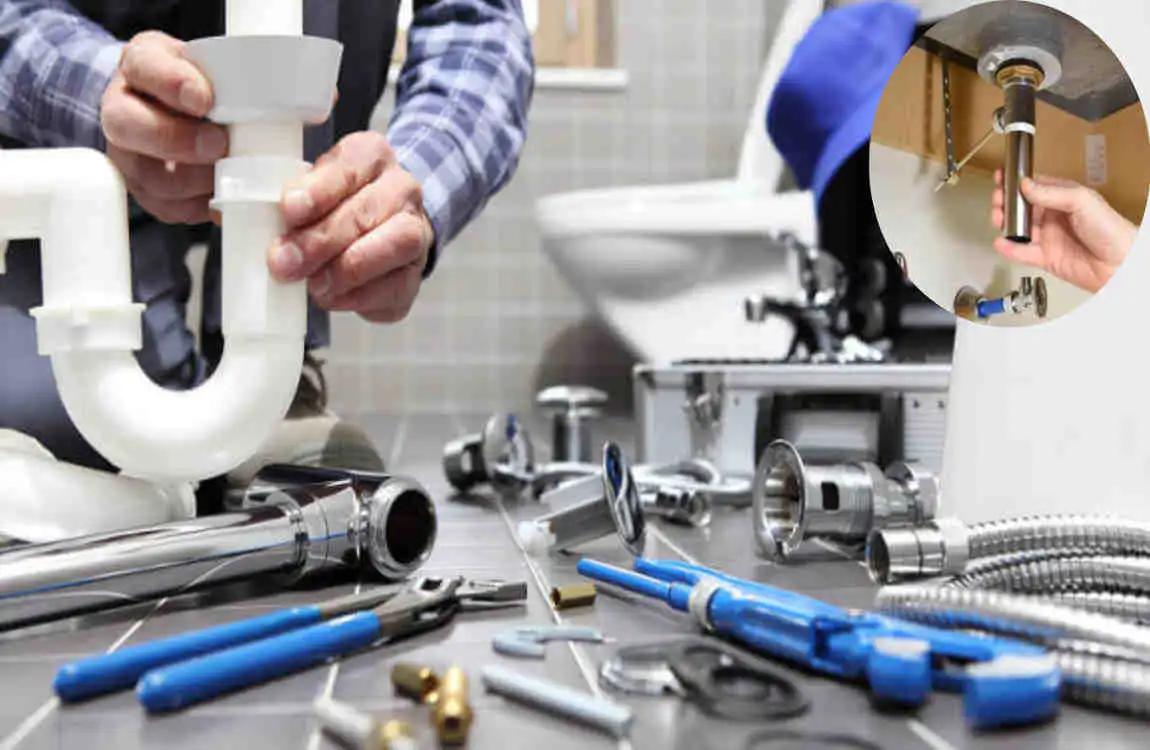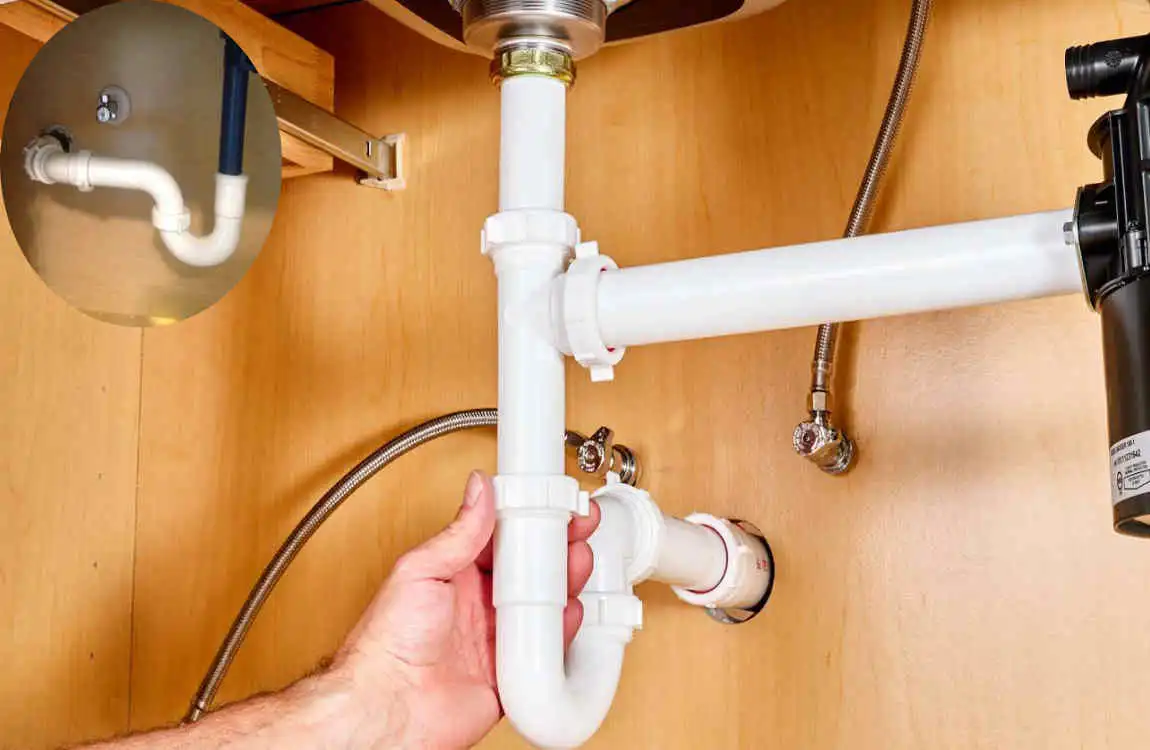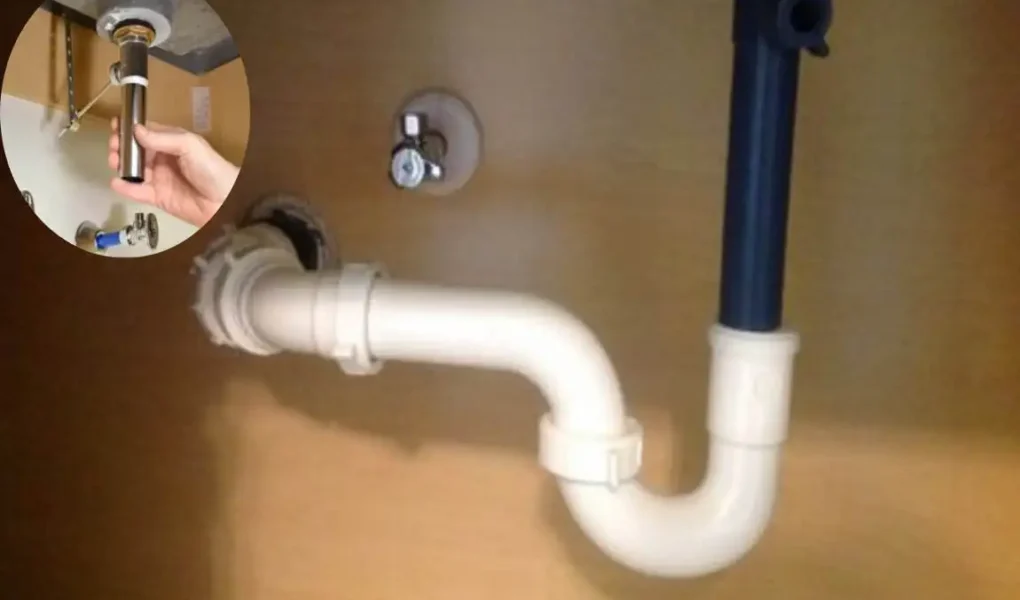Moving bathroom sink plumbing involves carefully disconnecting and rerouting existing pipes to fit the new sink location. Typically, this process begins by disconnecting the P-trap to access the drainpipe, followed by an assessment of how far the plumbing needs to be relocated. Small moves of a few inches might only require adjusting the P-trap or adding flexible extensions. In contrast, larger moves often involve cutting and rejoining PVC or PEX pipes to reroute the plumbing correctly. Proper tools, precise measurements, and secure connections are essential for a successful and leak-free home plumbing move. If the task seems too complex, calling a professional plumber is recommended for safety and code compliance.
Tools and Materials Needed

Before you dive into moving your bathroom sink plumbing, gather the right tools and materials. Having everything at hand will make the process smoother.
You’ll need basic plumbing tools like a pipe wrench, adjustable pliers, and a screwdriver. These essentials help loosen or tighten connections with ease.
Next, grab some new pipes if you’re relocating significantly. PVC or PEX tubing is a popular choice due to its flexibility and durability. Don’t forget fittings to connect them properly!
A bucket is also handy for catching any residual water when disconnecting old pipes.
Keep plumber’s tape nearby. It ensures watertight seals on threaded connections so you won’t face leaks later on.
With these items ready, you’re one step closer to successfully moving that sink!
Step-by-Step Guide for Moving Sink Plumbing
Before diving into the plumbing process, it’s crucial to turn off the water supply. Under your sink, locate the shut-off valves and twist them clockwise until they stop working. This prevents any unexpected leaks while you work.
Next, carefully remove your old sink and pipes. Use a wrench to disconnect the drain pipe and unscrew any mounting clips holding the sink in place. Take your time with this step; patience pays off.
With everything detached, plan where you’d like your new sink to be positioned. Consider factors like accessibility and aesthetics as you map out the new plumbing route.
Now it’s time for installation. Lay down new pipes in accordance with local building codes, ensuring proper alignment with existing plumbing systems. Secure all connections tightly using plumber’s tape or joint compound for a reliable seal against leaks during use.
You may also read (what is a riser in plumbing for your home).
Shut off the Water Supply

Before you start moving your bathroom sink plumbing, the first step is crucial: shut off the water supply. This prevents any unwanted surprises during your project.
Locate the shut-off valves under the sink. Typically, there are two—one for hot water and another for cold. Turn them clockwise until they stop to ensure a tight seal.
If your home doesn’t have individual shut-offs, you may need to turn off the main water supply for the entire house. It’s wise to check with family members before doing this; no one wants their shower cut short unexpectedly!
After shutting off the water, open the faucet to relieve pressure in the pipes. This simple step will make it easier when you remove old plumbing fixtures later on.
Always keep some towels handy, too! You never know when a little residual water might escape while you’re working on those pipes.
Remove Old Sink and Pipes
Before you can install your new sink, removing the old one is crucial. Start by placing a bucket under the sink to catch any water that may spill from the pipes.
Next, carefully disconnect the drain pipe. Use a wrench if necessary, but be gentle to avoid damaging any threads or fittings. Once that’s done, move on to the supply lines. Unscrew them from both the faucet and wall connections.
With everything disconnected, it’s time to remove the sink itself. If it’s secured with caulk around its edges, use a utility knife for clean removal. Take care not to damage surrounding cabinetry as you lift out your old fixture.
Check for any leftover home plumbing parts or debris in your workspace before moving on to plan for your new installation. Maintaining a tidy workspace helps ensure an efficient workflow throughout this project.
Plan New Placement for Sink and Pipes
Planning the new placement for your sink and pipes is a crucial step in moving bathroom sink plumbing. Start by visualizing how the space will function. Consider factors like accessibility, aesthetics, and practicality.
Take measurements of both your existing sink and the area where you want to relocate it. This ensures that everything fits perfectly without overcrowding the room.
Next, think about where your water supply lines and drainage will run. It’s essential to maintain proper flow and avoid any potential leaks later on.
Don’t forget about electrical considerations if you’re adding lighting or other fixtures nearby. Sketch out a rough layout of your new plumbing route; this can save time during installation.
Double-check local building codes regarding plumbing placements. Ensuring compliance with regulations can prevent future headaches during inspections or renovations.
You may also read (how to unclog water lines in your home effectively).




